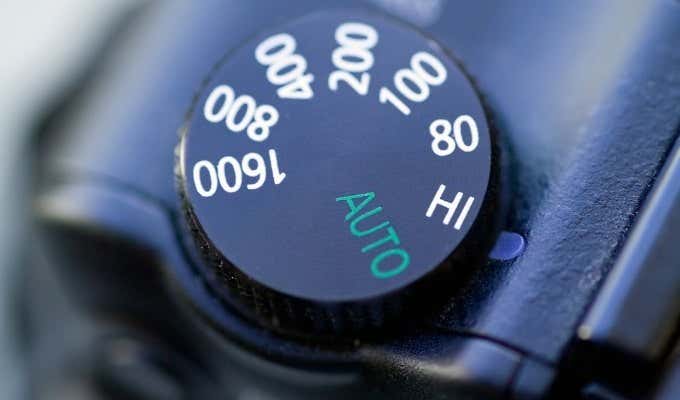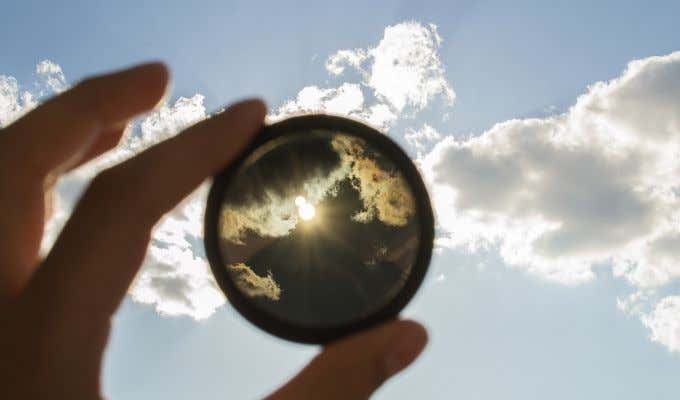This is because the camera needs to adjust to the level of light from the sunset. It also needs to register the depth of the colors in the sky. You will likely need to manually set your camera up to do this. Different cameras have differing abilities to capture sunsets. If you want to keep the richness of the sunset’s colors, you can make a few changes to your camera’s settings to produce the most true-to-life photos.
Use a Tripod
The most important part of any landscape photography is to use a tripod. This is because these types of photos more often than not are going to have a longer shutter speed. So if you move your camera in any way as the photo is being taken, all you’ll get is a blurry mess. Using a tripod will keep your camera stable while it takes the photo, giving you a clear, crisp picture. You can always move your tripod to explore different angles as well, just be sure it’s steady when the actual picture is being taken.
Shoot Sunset Photos in Raw
The best way to shoot sunset photos is with RAW settings rather than JPEG. This allows you to get all the detail in your photo despite disparities between the dark foreground and bright sky. After taking your photos, shooting in RAW makes it much easier to edit the shadowy foreground in order for you to see more of it. Your white balance option that you set will then allow you to also see all the colors in the sky. This will help to make the photo look more like what you saw with your eyes.
White-Balance Settings
White balance allows the camera to set the tone of the colors in a shot, making it an extremely valuable setting for sunset photography. When choosing a white balance setting on your camera, your best option is to go with Daylight. This will capture the best warm shades for your photo. You can also try out your Cloudy or Shade settings to see how it brings out the colors. You don’t want to use your automatic white balance though, as this will dull the colors you want to enrich.
Aperture Settings for Perfect Sunset Photos
You’ll want to set your camera to a higher aperture, which means you’ll be able to take the entire sunset scene into focus. This should be somewhere between f/11 to f/22. Try different settings to see which gets you the image you like best. Higher f-stops are important in getting a detailed image. It allows the camera to take in the entire landscape, and will give you a sharper image of the sky.
ISO Settings
You’ll want to use your lowest possible ISO setting to ensure you have a crystal clear picture. Be sure to get to your location early before the sunset begins so it’s not too dark out when you’re ready to begin taking photos. If it gets too dark out, you’ll eventually have to raise your ISO, which will lead to more noise in the image. So shooting earlier in the sunset will allow you to keep your ISO low and get better images.
Focus Settings
You’ll want to set your camera to manual focus. This way, you can control the focus yourself so that it’s always on the sky. With automatic focus, especially in the dark conditions of a sunset, your camera will likely have trouble focusing. However, if you feel your camera focuses well enough in dark lighting, using automatic focus could help you save some time as the sun is going down.
Manual Exposure Settings
In order to get the best possible sunset photos, you’ll want to be sure you have your settings on Manual rather than Automatic. This is because you don’t have a lot of time when shooting sunsets, and your camera may not adjust correctly to the changing light when in Automatic. Make sure you set your camera exposure to Manual and change your settings before you begin taking photos. It’s best to have some sort of plan as to how you’ll adjust your settings before you get to your location so you don’t waste any time.
Use An ND Grad Filter
Another option for getting more detail in the foreground as well as the sky is to use a graduated neutral density filter, or ND grad filter. These are glass filters you can use that are darkened at the top and grow lighter at the bottom. This will allow you to achieve a better exposure for your foreground by reducing the light coming in by the sunset, giving you a much more detailed photograph. These filters will not affect the colors in your photo, only the exposure, making it a perfect accessory to bring along when shooting sunset photos.
Change Exposure For Background and Foreground
If you don’t have access to an ND grad filter, there are other ways you can still get clear detail in your picture. If you shoot in two separate exposures– one for the background, or sky, and one for the foreground– you can later edit them together in an editing program and get all the detail in one image. You’ll want to set the exposure for the foreground so that it’s more visible, and after shooting that picture, set the exposure so you see the entire sky and its colors. Then when you can edit the photos, you can use exposure blending to combine the two separate pictures into one image.







